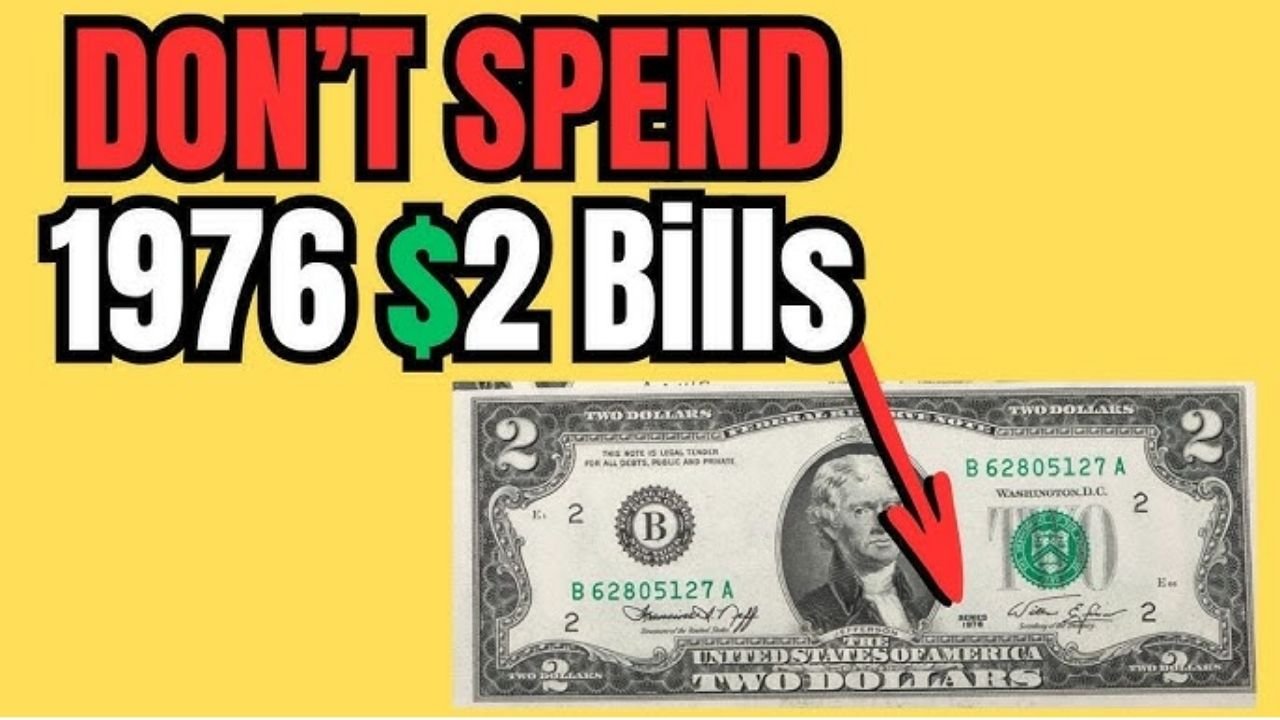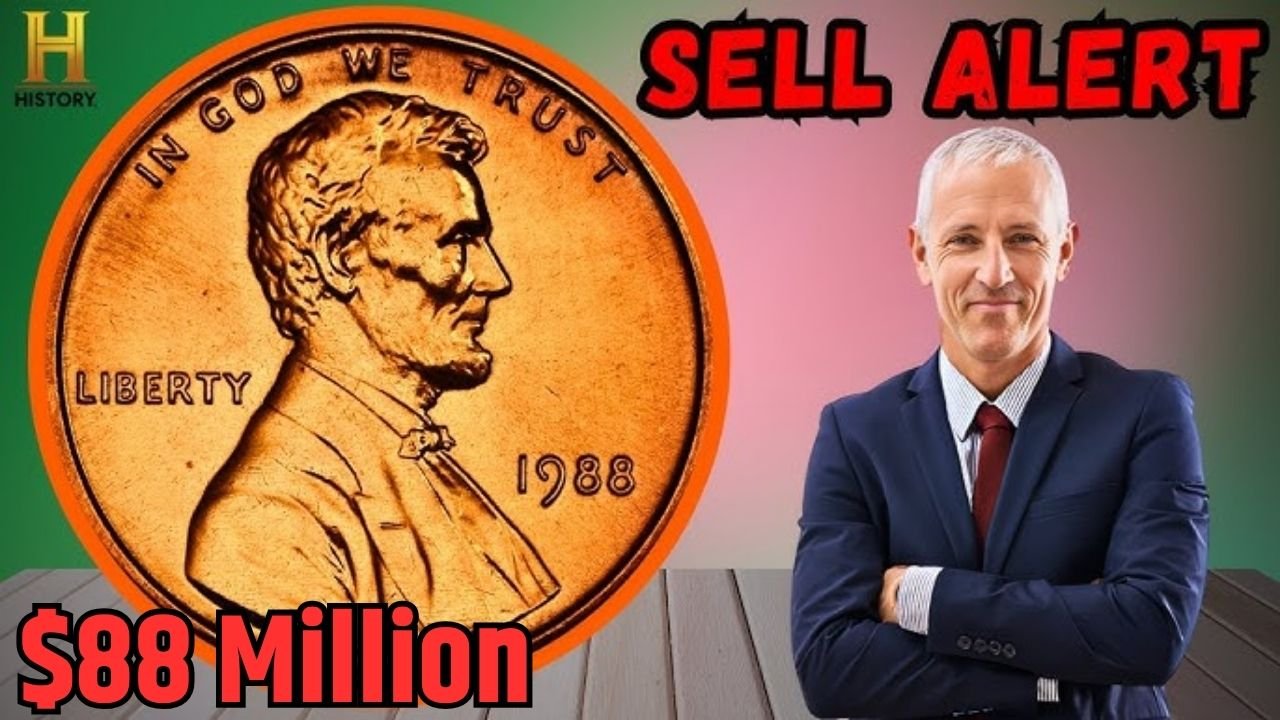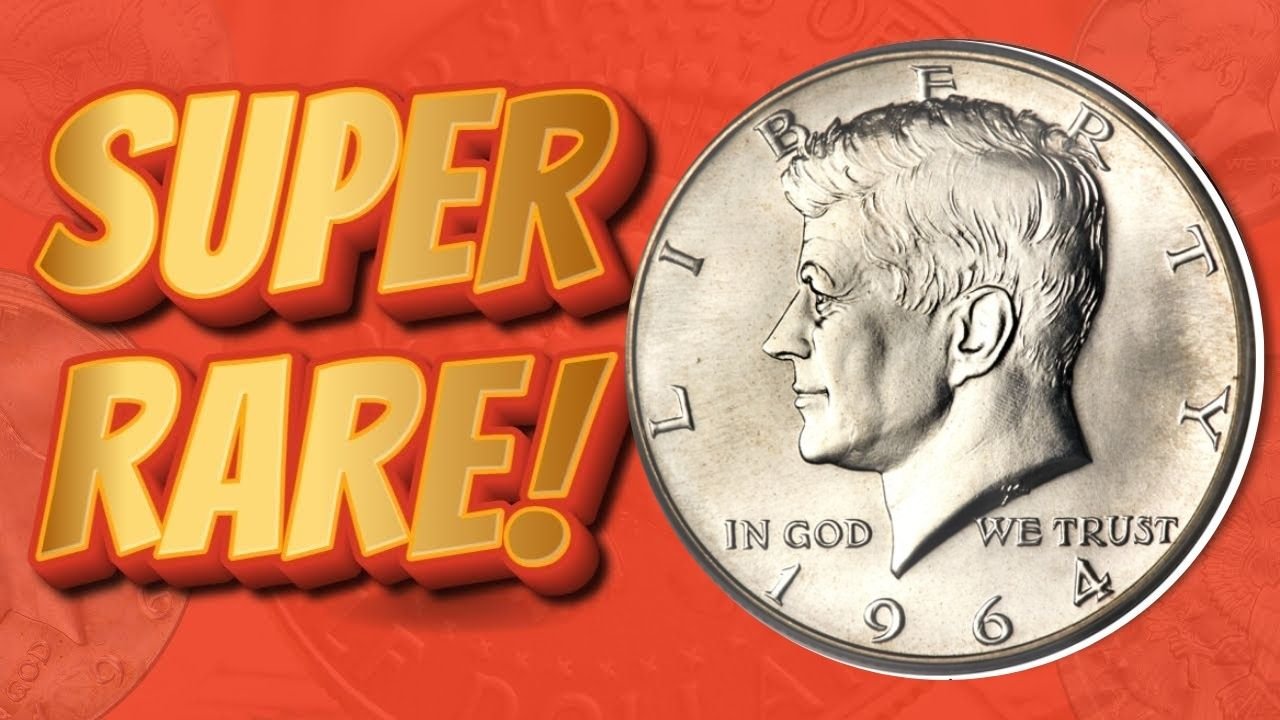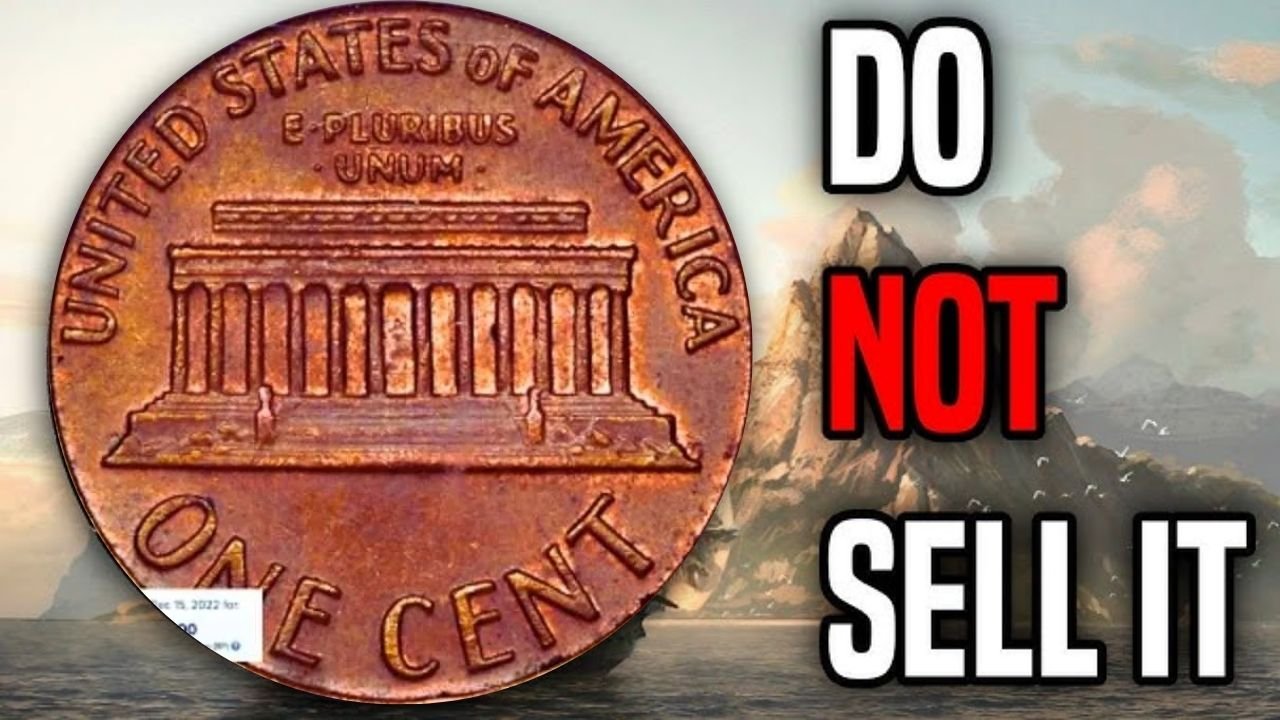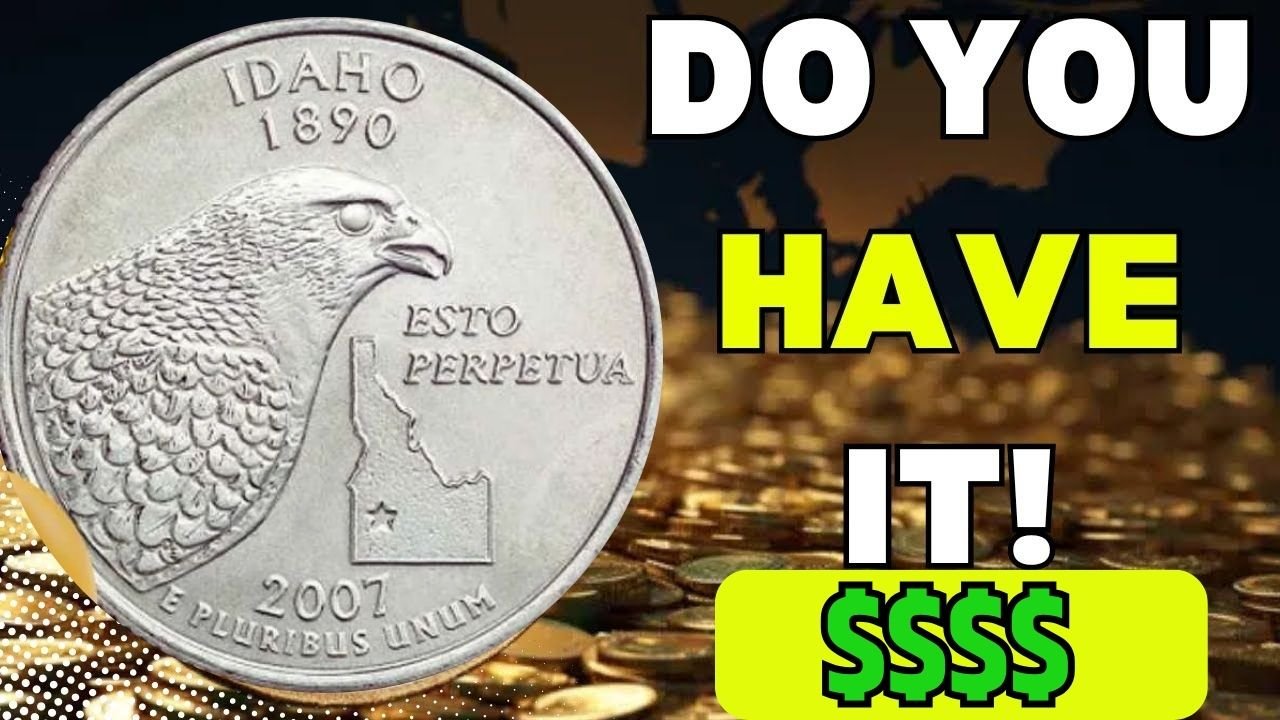Rare 1976 $2 Bill : Most of us come across a $2 bill and barely give it a second glance. But if you happen to have one from 1976, you might be holding onto something special. These bills were reintroduced to commemorate the United States Bicentennial, celebrating 200 years of independence. While millions were printed, certain versions have become sought-after collectibles over time. If you’ve kept one tucked away, it could be worth far more than its face value.
The Significance of the 1976 $2 Bill
The 1976 $2 bill holds a unique place in American currency history. After a decade-long hiatus in production, the U.S. Treasury brought it back as part of the nation’s Bicentennial celebrations. What made it stand out was its redesigned reverse side, featuring John Trumbull’s famous painting, The Signing of the Declaration of Independence. This artistic choice gave the bill a patriotic appeal, and many people held onto them as keepsakes rather than spending them. Today, this historical connection adds to their charm among collectors.
What Makes Some 1976 $2 Bills More Valuable?
Not every 1976 $2 bill will fetch a high price, but certain characteristics can significantly increase its worth. Bills in pristine, uncirculated condition—free from folds, creases, or wear—are the most desirable. Additionally, unique serial numbers can make a difference. Low serial numbers (like those beginning with multiple zeros), repeating sequences, or “fancy” patterns (such as palindromes) are highly prized. Another factor is whether the bill is a “star note,” indicated by a star symbol in the serial number. These were printed to replace damaged or misprinted bills, making them rarer and more valuable.
How to Determine If Your Bill Is Valuable
To assess whether your $2 bill might be a hidden gem, start by examining its condition. An uncirculated bill will appear crisp and fresh, with sharp edges and vibrant colors. Next, inspect the serial number for any unusual patterns or sequences. A star note will have a small star at the beginning or end of the serial number. Finally, check the Federal Reserve Bank seal—some banks issued fewer bills, making those from certain locations more scarce.
Current Market Value of the 1976 $2 Bill
While a well-worn 1976 $2 bill might only be worth its face value, those in exceptional condition or with rare features can command higher prices. An uncirculated bill typically sells for $10 to $30, while a star note in mint condition might fetch $20 to $70 or more. Bills with particularly interesting serial numbers or printing errors can sell for hundreds—or even thousands—of dollars at auction. The exact value depends on demand, rarity, and the preferences of serious collectors.
Should You Sell or Hold Onto Your Bill?
If you suspect your $2 bill might be valuable, consider having it professionally appraised or researching recent sales of similar bills on auction sites like eBay. If it’s a common version in average condition, spending or saving it as a memento might be the best option. However, if it’s rare or in pristine shape, holding onto it could be worthwhile, as its value may appreciate over time.
Where to Sell a 1976 $2 Bill
For those looking to sell, there are several avenues to explore. Online platforms such as eBay, Etsy, or specialized currency collector forums are popular choices. Local coin shops and currency dealers may also be interested, especially if your bill has unique features. Collector conventions and currency fairs provide another opportunity to connect with enthusiasts willing to pay a premium for rare finds. Always verify your bill’s worth beforehand to ensure a fair transaction.
Final Thoughts: A Piece of History Worth Exploring
Though often overlooked, the 1976 $2 bill carries a fascinating legacy. Its connection to America’s Bicentennial and its distinctive design make it a favorite among collectors. While not every bill will be a goldmine, taking the time to examine yours could reveal a surprising discovery. Whether you choose to keep it as a historical artifact or sell it to a passionate collector, this humble piece of currency might just be more valuable than you think.
Frequently Asked Questions
Q: Are all 1976 $2 bills worth more than $2?
A: No, most are still only worth their face value. However, bills in exceptional condition or with rare features can be worth significantly more.
Q: How can I tell if my bill is rare?
A: Look for uncirculated condition, unique serial numbers, star notes, or printing errors, as these factors increase rarity and value.
Q: Can I still spend a 1976 $2 bill?
A: Yes, it remains legal tender, but many people prefer to keep them as collectibles.
Q: What is a star note?
A: A star note is a replacement bill printed to correct errors during production. These are rarer and often more valuable.
Q: Should I sell my $2 bill or keep it?
A: If it’s rare or in excellent condition, holding onto it may be wise. Otherwise, the choice depends on your personal interest in collecting.
By taking a closer look at your old $2 bill, you might uncover a piece of history—and possibly a small fortune—hidden in plain sight.
